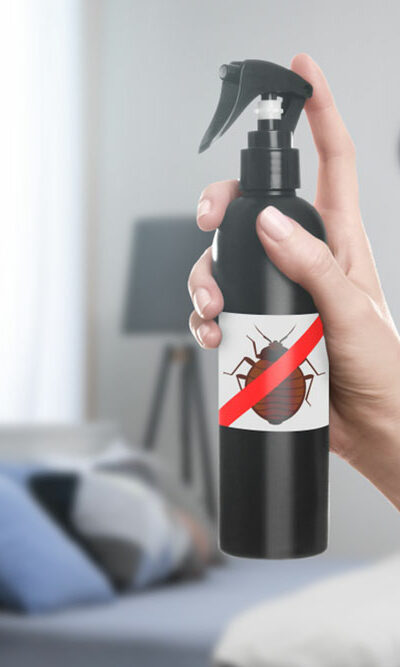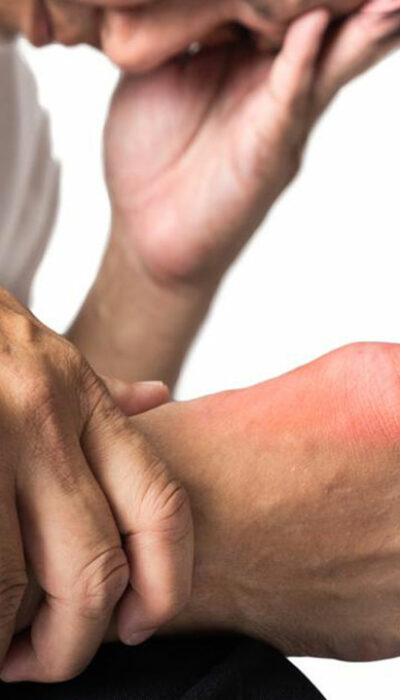
Things to Know about Swollen Finger Pain
Everyone experiences pain and swelling in their fingers at some point in time. There are several reasons for this pain and swelling, such as injuries and medical conditions that are known to cause pain in the fingers. Swollen finger pain is generally accompanied by redness, a burning sensation, tenderness, stiffness, numbness, a tingling feeling, swelling, color change, and such other conditions. Arthritis is one of the major causes of swollen finger pain. It can also be caused due to an infection or inflammation. Causes of swollen finger pain: Swollen finger pain may be caused as a result of injuries due to strenuous physical activity, actively participating in contact sports such as soccer, football, or baseball. Performing recreational activities that require a lot of efforts, such as skiing or playing tennis. Operating heavy machinery at home or work. Carrying heavy loads for a long period of time. Active participation in fist fights or punching. Performance of repetitive movements such as typing, writing, and stitching for a long period of time. As a result of the compartment syndrome, which leads to severe swelling of the fingers; it covers the muscles, blood vessels, and nerves. Patients who are suffering from the compartment syndrome should be attended to immediately and under the supervision of a doctor. Arthritis also causes inflammation accompanied by swelling, pain, redness, and stiffness. Trigger finger happens when you are unable to straighten out your finger as the tendon in your finger has become swollen or inflamed. Dupuytren’s Contracture is a condition where your hand becomes tighter and does not enable free movement as the tissue becomes inflamed. Carpal tunnel syndrome causes swollen finger pain as pressure is exerted on the nerves of the fingers, causing severe pain, swelling, and numbness. The Raynaud phenomenon causes swollen finger pain as the blood flow to the fingers is blocked, and the patient suffers from swelling, numbness, stiffness, and cold fingers.










